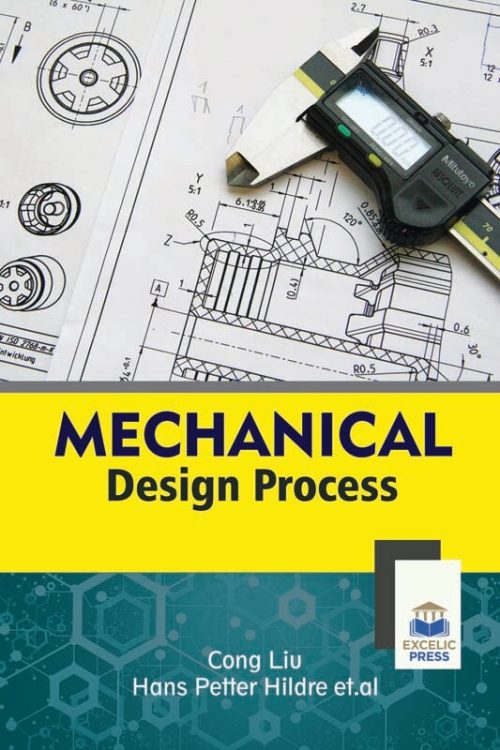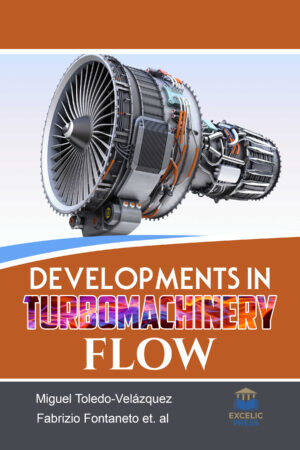Description
In modern industrial products, product complexity and variety are boosted by the advancements in technology and customers’ diverse needs. To handle variant tasks or reach improved performance demanded by customers, integrated merchandise with multiple functions or technologies square measure fictitious to interchange a variety of specialized merchandise. As today’s market drives companies to change, adapt, and compete. Many consumers are increasingly looking at price, without sacrificing quality. In order to be attractive to the customer, companies must be able to offer the required quality at the lowest possible price.
This book focuses on product functional models and investigates the conceptual design of multi-modal products, which are identified by their reconfigurability during the operation stage. It also investigates how multiple modes are constructed in modular product architecture—especially, how multi-modal modules are designed and used to construct overall product modality.
In succeeding chapters, the book takes a lucrative approach on redesign methodology for mechanical assembly; characterizations of later-stage creative behavior in design; and annotation of functional geometry interaction for representing novel working principles. The success of products is determined by how well they satisfy the needs and expectations of the stakeholders, expressed generally in terms of functional requirements on the products’ behavior and performance. There is a trade-off between satisfying customers’ expectations on functionality and performance with competitive, cost-efficient development and production. The product descriptions created can help designers to identify how alternative manufacturing splits impact the functionally defined product architecture which in turn enables both improved manufacturing and improved design decisions. In addition, the book takes a look optimal design of brushless doubly-fed reluctance machine and the design of a new manual wheelchair for sport.
The present book also looks at a new procedure for improving maintenance processes in industrial engineering and production. It is hoped that the book will serve as a valuable guide to students and practitioners working in the associated field and, moreover, may provide new concepts and starting topics for future researches.





